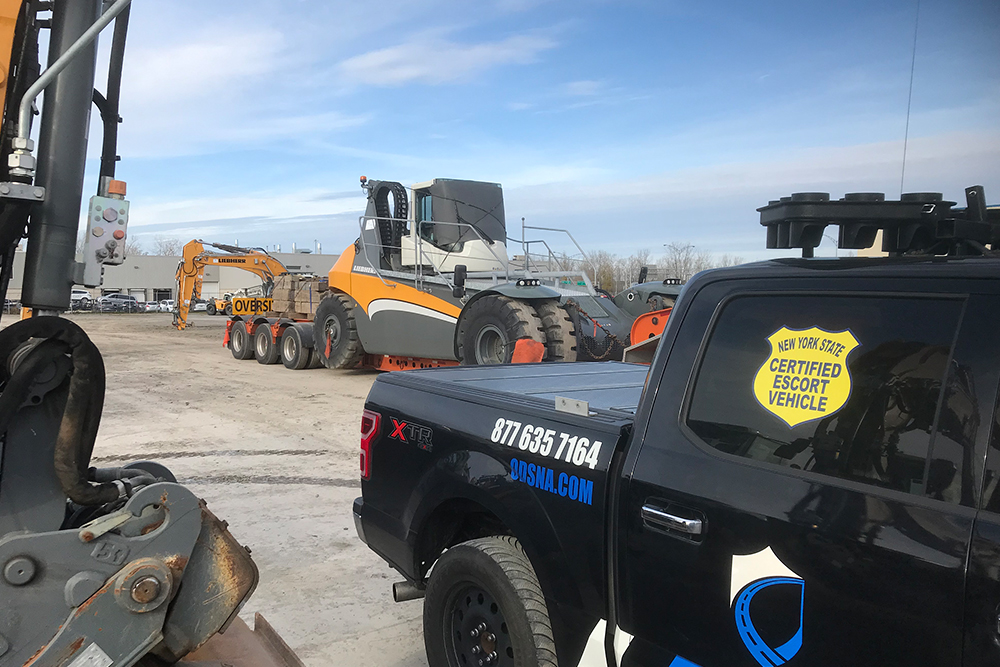In the world of logistics and transportation, oversize load transport plays a crucial role in moving large and heavy cargo across long distances. When it comes to oversize load transport, there are variations in regulations, permits, and overall processes between the United States and Canada. In this article, we will explore how oversize load transport differs between the US and Canada.
Regulations and Permits
United States
- In the US, oversize load transport is regulated by individual states, leading to varying regulations from state to state.
- Oversize load permits are required for transporting loads that exceed the maximum legal size and weight limits.
- Permits in the US may include restrictions on travel times, routes, and escort vehicle requirements.
Canada
- In Canada, oversize load transport is regulated at the federal level, providing more uniformity across provinces.
- Oversize load permits are issued by individual provinces or territories, outlining specific requirements for each jurisdiction.
- Canadian regulations often focus on axle weights and overall dimensions of the load.
Escort Vehicles
United States
- Escort vehicles are commonly required for oversize load transport in the US.
- The number of escort vehicles needed varies depending on the size and weight of the load.
- Escort vehicles play a crucial role in ensuring the safety of the oversized load and other road users.
Canada
- Escort vehicle requirements in Canada are similar to those in the US, with variations based on provincial regulations.
- Escort vehicles in Canada may also be responsible for handling traffic control and communicating with the oversized load transport driver.
Pilot Car Certification
United States
- In the US, pilot car drivers are required to undergo certification and training to escort oversize loads.
- Certification programs cover topics such as route planning, communication protocols, and emergency procedures.
- Certified pilot car drivers play a vital role in ensuring the successful transport of oversize loads.
Canada
- In Canada, pilot car certification requirements may vary by province.
- Pilot car drivers must be knowledgeable about provincial regulations and be prepared to handle various road and weather conditions.
- Properly trained pilot car drivers contribute to the safe and efficient transport of oversize loads in Canada.
Road Infrastructure
United States
- The US has a vast network of highways and interstates that can accommodate oversize load transport.
- Despite the extensive road infrastructure, some routes may have limitations or restrictions for oversize loads.
- Planning the most efficient route is essential for successful oversize load transport in the US.
Canada
- Canada also boasts an extensive highway system that supports oversize load transport.
- Some remote areas in Canada may have limited infrastructure, requiring careful planning for oversize load transport.
- Understanding the road conditions and potential challenges is crucial for transporting oversize loads in Canada.
Final Thoughts
Oversize load transport presents unique challenges and opportunities in both the United States and Canada. While regulations and permit processes differ between the two countries, the ultimate goal remains the same: to transport oversized cargo safely and efficiently. By understanding these differences and nuances, logistics companies can navigate the intricacies of oversize load transport in North America successfully.

